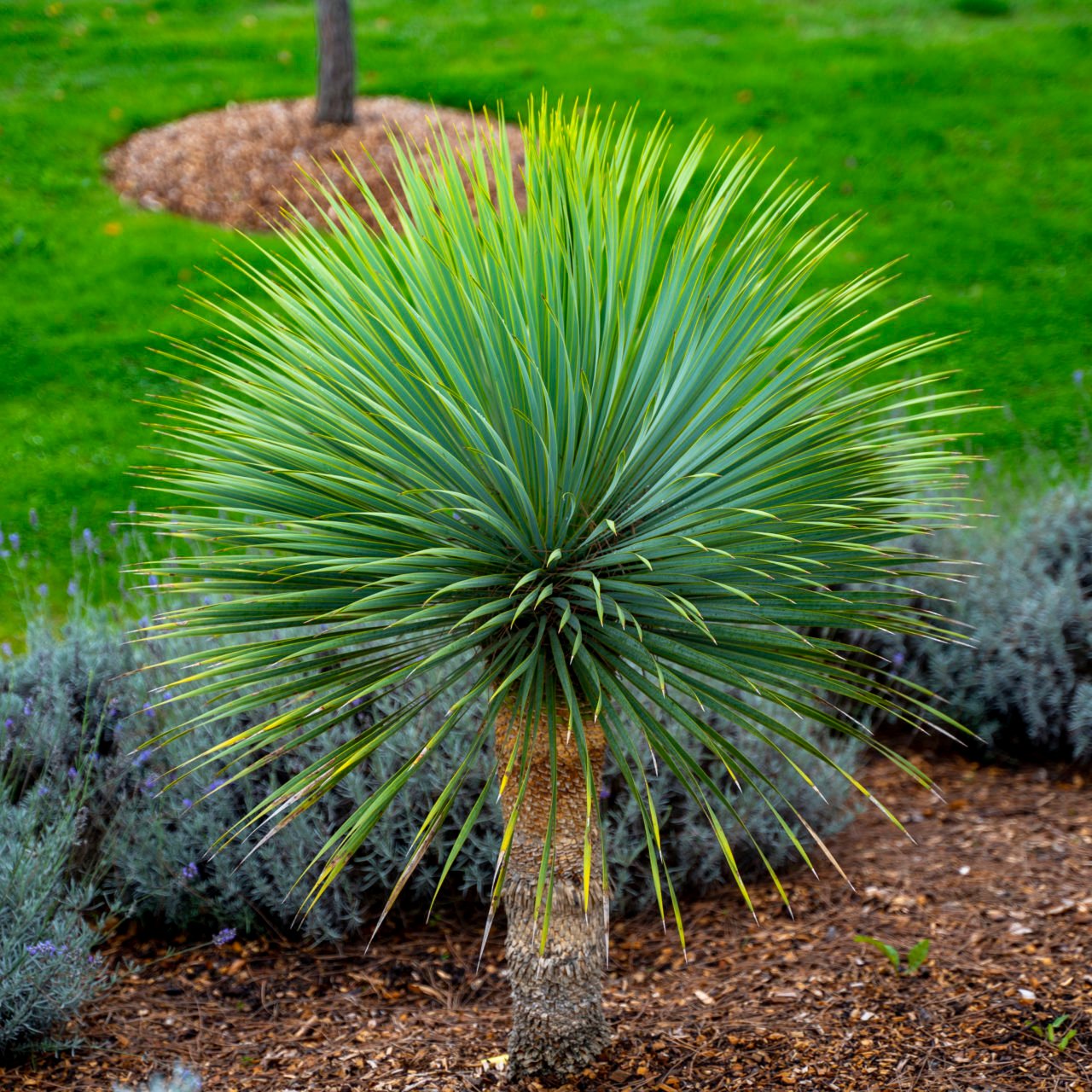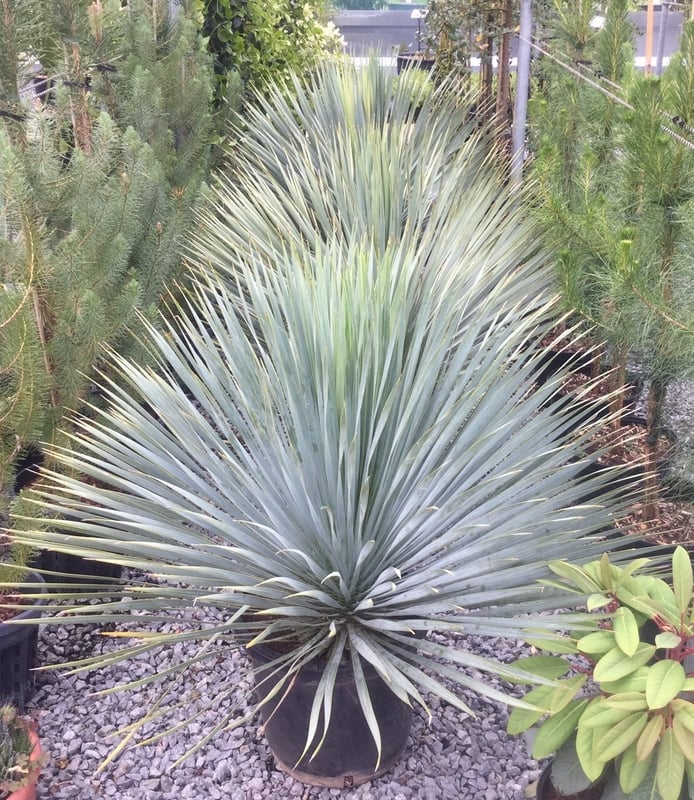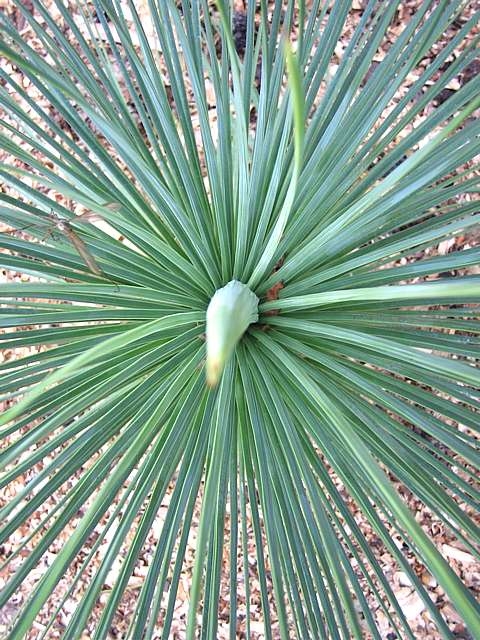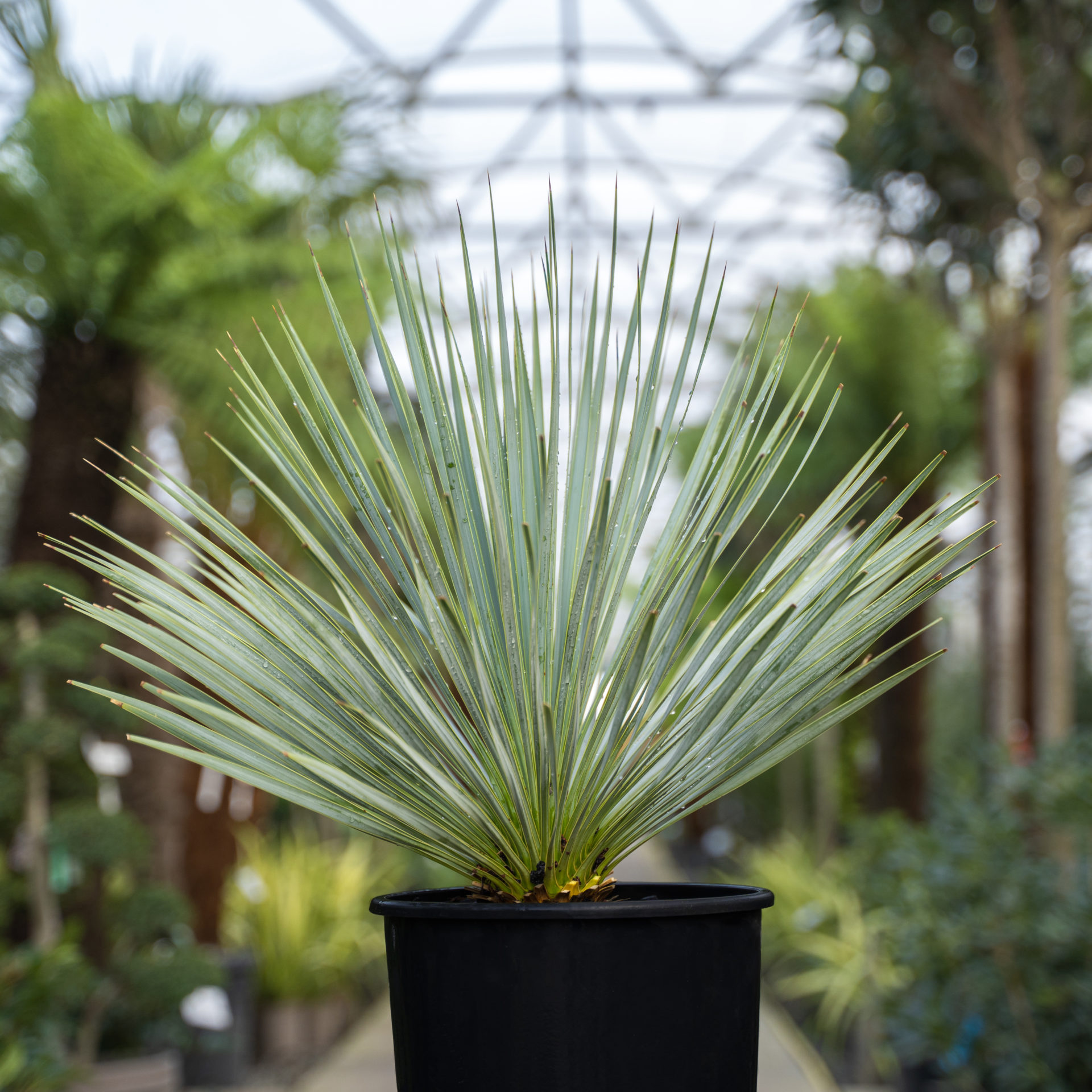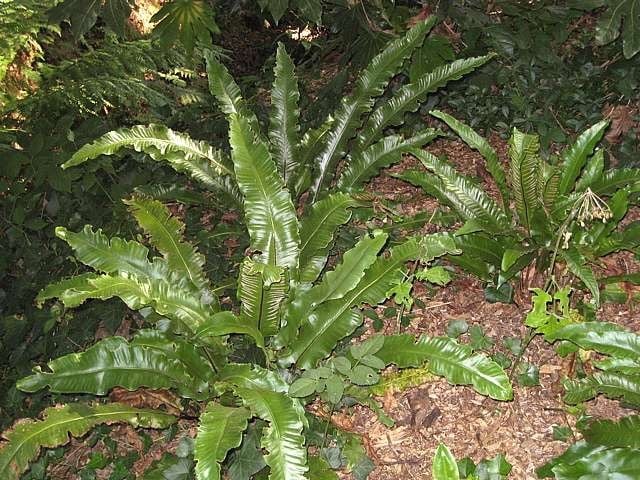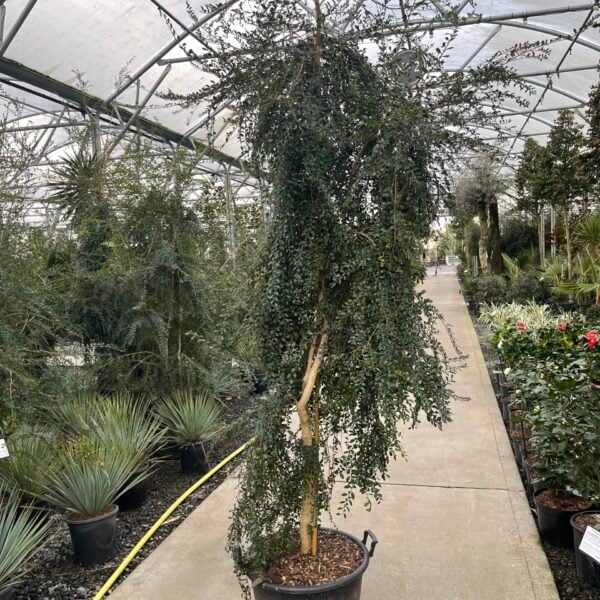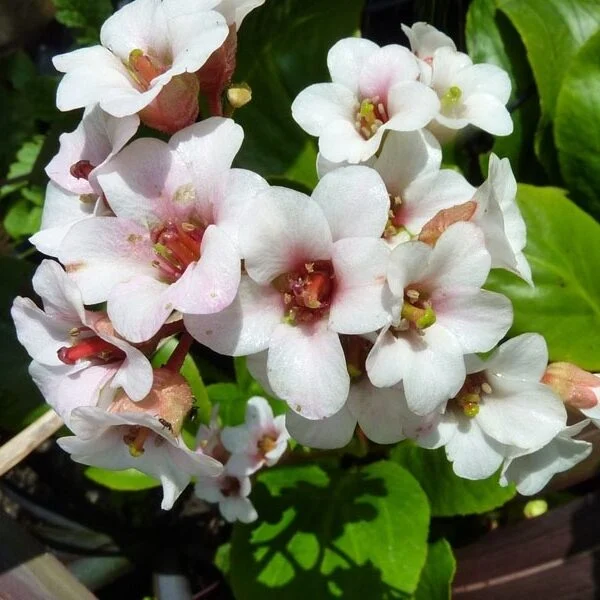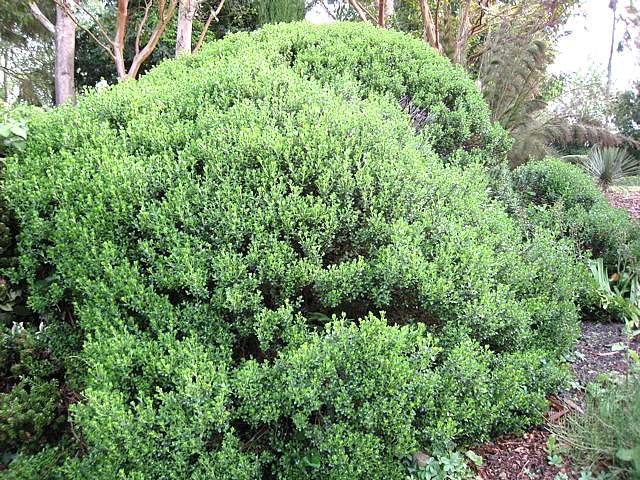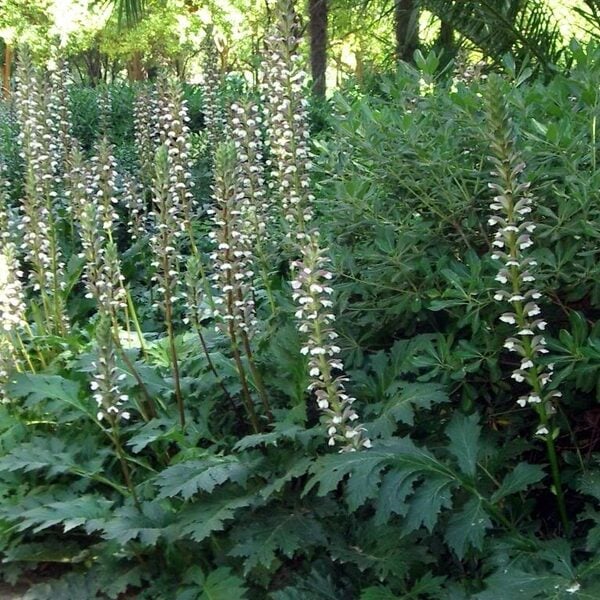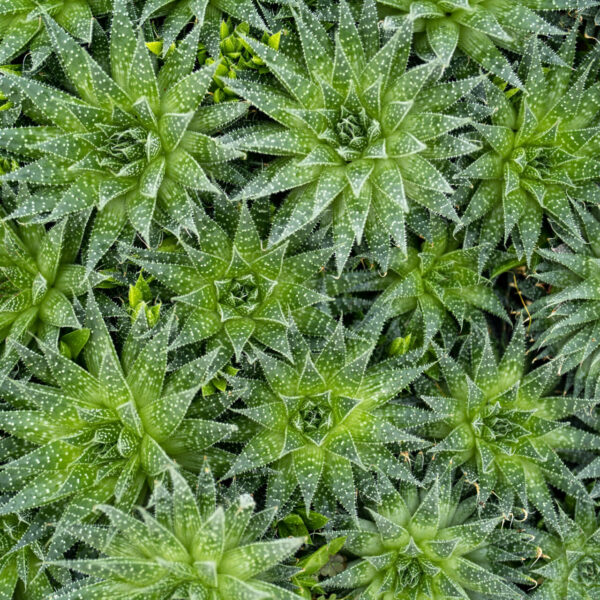Yucca rostrata (Beaked Yucca)
Masses of very thin, straight leaves. After many years forming a trunk with a head of leaves some 4ft across. One of the best but always in short supply. Please contact us for stock availability and sizes.

Hardiness level Amber
Wonderful thing. Narrow blue leaves and an almost hemispherical head. They can form quite a tall trunk even in Britain - to 6ft after many years (40?). These come from dryer areas than our other (non-desert) yuccas and need pretty sharp drainage and lots of sun. Remove old and dead leaves if you like that 'look'. Despite their arid provenance, they seem less prone to black fungal spots than our other yuccas and also, appear not to branch after flowering. In those two respects they seem to have more in common with Dasylirion. The flower is a huge white spike as on all the yuccas. Remove with secateurs as soon as the flowers fade.
Native to south-western U.S.A. and northern Mexico. Propagated by seed and grown in Italy.
N.B. When clipping several plants with the same tool, have a bucket containing a 5% bleach solution and swish your blades around for 30 seconds between plants to sterilise them. This will help avoid the chance of cross contamination of disease.
As with all woody plants, plant high, exposing as much of the taper at the base of the trunk as possible. Allowing soil to accumulate round the base of a tree can be fatal. Keep very well watered when first planted.
Additional Information |
|
|---|---|
| Soil Type | |
| Light | |
| Plant Type | |
| Continent of Origin | |
| Specialist Plants | |
| Features | |
| Situation | Coastal, Conservatories, Exposed (To wind and sun), Mild City Gardens, Plants for Pots, Sheltered Garden |
| Flower Colour | |
| Hardiness | |




